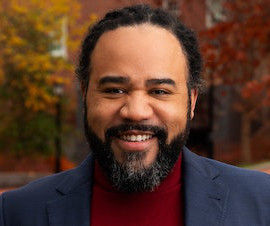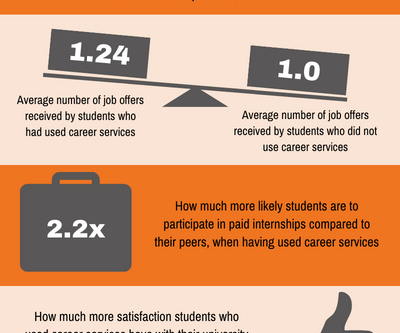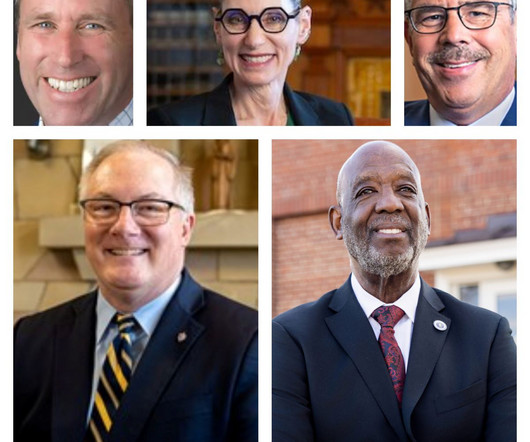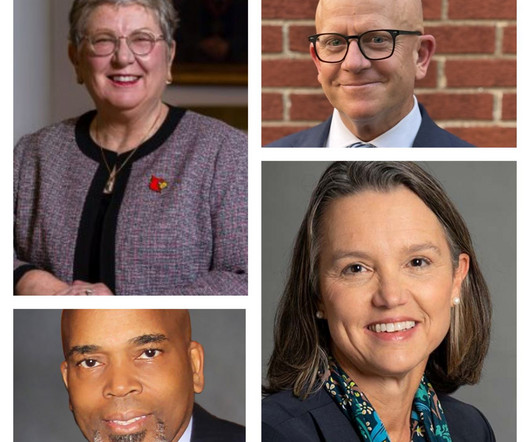University of Illinois System Partners with One Million Degrees to Boost Community College Transfer Rates
Diverse: Issues in Higher Education
APRIL 3, 2025
The University of Illinois System and nonprofit organization One Million Degrees have announced a new multiyear initiative to increase community college transfer rates, with a particular focus on first-generation and low-income students in Illinois. in the past year, significant gaps remain.



















Let's personalize your content